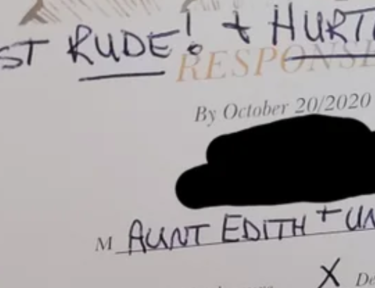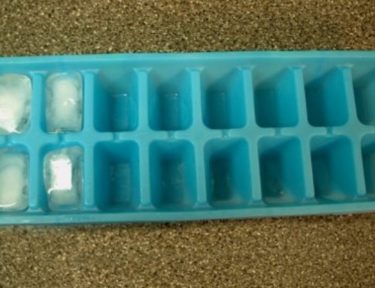This Bride is Walking into a Big Surprise
They say true, unconditional love sees beyond a person’s outside appearance, flaws, and circumstances. When two people find it and hold on to it, it’s a precious thing. You realize what’s really important and at the end of the day, love prevails.
Some of the greatest love matches are made without pretense or shallowness, or Cupid’s intervention. These also end up being some of the longest running marriages that time’s ever seen. That’s amore!
True love came for Kevin Taylor at a time when he didn’t expect it. After suffering a broken leg thirteen years ago, he was diagnosed with reflex sympathetic dystrophy syndrome, better known as RSD. RSD affects the nervous system and can cause extreme pain and swelling in the limbs and other parts of the body. Kevin’s case was so severe that in 2009, doctors decided to amputate his leg.
He’d been confined to a wheelchair ever since. According to Kevin’s mother, over the course of ten years, he was in and out of the hospital each month dealing with various issues related to his condition. He always kept his spirits up and never complained, saying that things could always be worse.In October 2012, Kevin met his fiancée Kim, and the two said they connected instantly. He said it was love at first sight. Kim said all she saw was his big shiny grin. Swoon! In the video, Kim speaks of how she never saw a man in a wheelchair, only Kevin. Tearing up, she stated:
“He’s the most amazing human being I’ve ever met in my entire life.”
In the months leading up to their wedding, Kevin planned a huge surprise for his wife-to-be. He secretly began physical therapy in the hopes of being able to walk to Kim when she strolled down the aisle. He knew he had his work cut out but was determined give Kim that wedding surprise. Both he and his mother credit the power of Kim’s love as being his guiding strength. After months of learning to walk with a prosthesis, the big day finally arrived.
Kevin sat in his wheelchair by the pastor’s side with his groomsmen lined up behind him, waiting for his soulmate to enter. As she began her walk, the guests rose to their feet, and so did he. What a huge deal for both of them! Kim almost made her way down the aisle entirely, but Kevin decided to meet her part of the way.
You can watch the moment unfold in the video below to see Kim’s reaction. Kevin’s feat was also quite the accomplishment for his family to see too! As Kevin’s friends and family pointed out, unconditional love was the miracle remedy he needed.
We appreciate great stories that involve kicking adversity in the rear, but love stories certainly take the cake. Have any of you found true love to be a healing force in your life? What do you think of Kevin and Kim’s love story? Share with us in the comments!




